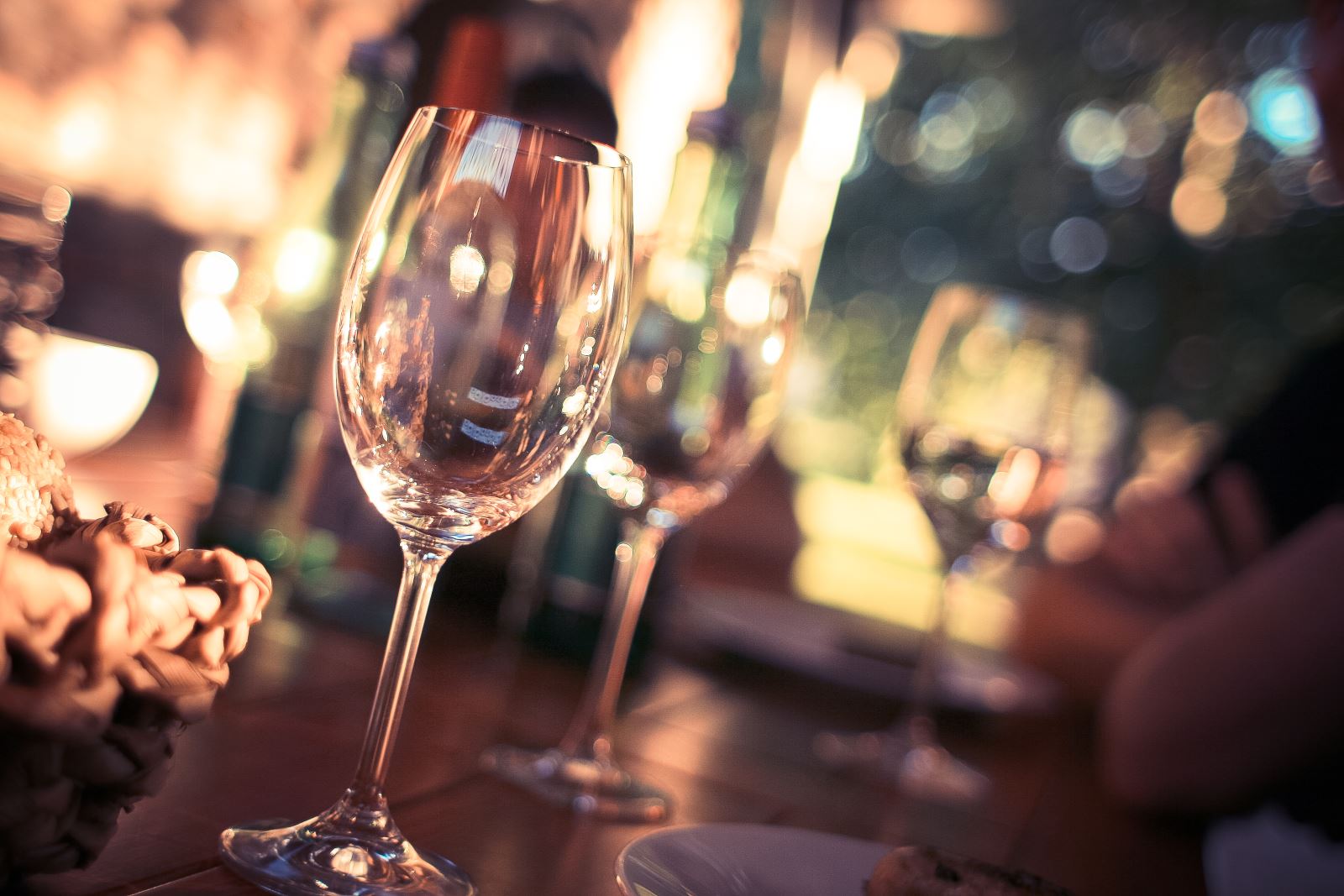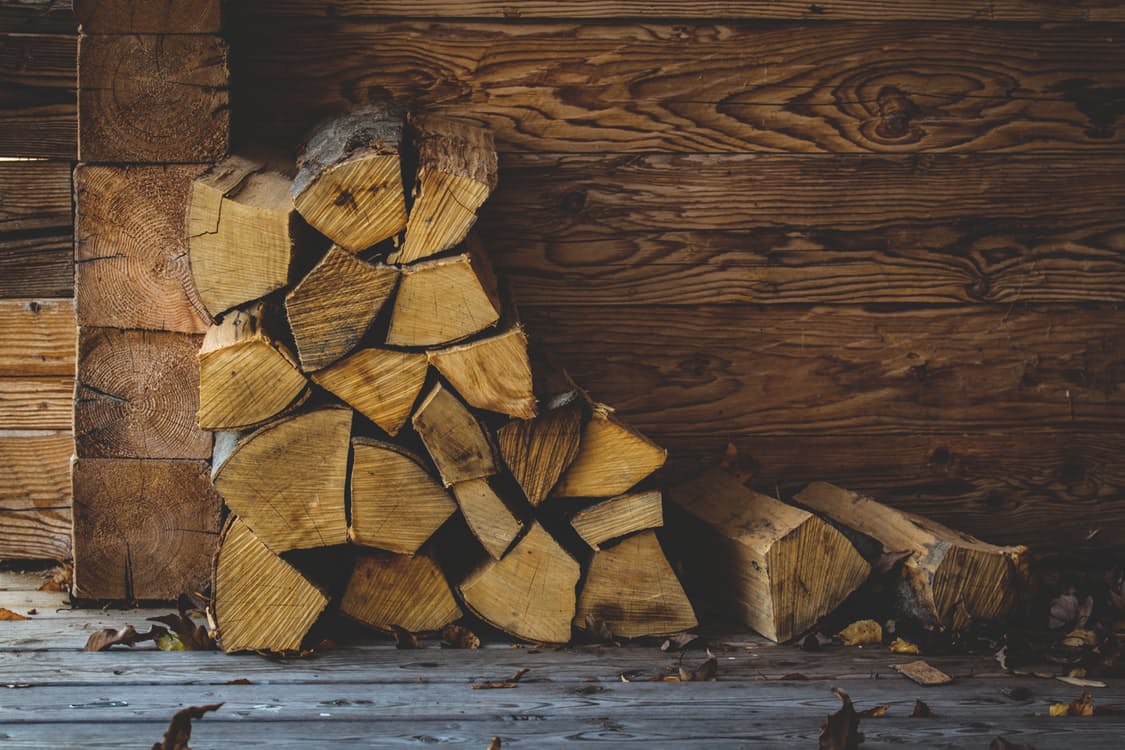The origins of Christmas are well known; the story of the birth of Jesus is familiar to us all. But Christmas, like all our festivals and holidays, is of course a mixture of the Christian and the pagan.
The Christmas tree, for instance, goes back to Viking times when trees that stayed green throughout the winter were seen as special plants of the sun god, Balder. Bringing evergreen trees and other foliage into the house over Christmas originated in the Baltic lands in the 15th century and in Germany in the 16th century, where trees were also paraded through the streets.
16th century Christmas cheer
Those 16th-century Germans were trying to do what we still do today: bring cheer to the world by reminding us that winter will end, that life and growth will return to the world. And that’s the essence of Christmas: find ways of cheering ourselves up in the dark days of midwinter when the sun barely makes it above the horizon. Lights, trees, candles, decorations: these things have different origins, but their purpose is the same – to bring good cheer.
.jpg)
And there’s one part of the world that has become particularly expert at creating a sense of warmth and good cheer: Scandinavia. With those long, dark, brutal winters, creating a sense of cosy wellbeing is vital. In Norway and Denmark, they have a word for it – a word that has been seen increasingly this year in Britain, in books, magazines and newspapers: hygge.
Creating a ‘hygge’ atmosphere in your restaurant
It’s pronounced “hoo-gah”, and although there is no direct equivalent of the word in English, essentially it means comfort, cosiness, happiness, familiarity. Making a cup of tea and taking time to sit and drink it somewhere comfortable: that’s hygge. The warm glow of candlelight – that’s hygge.
Sharing a long meal around a table with family and friends: that’s hygge. The hygge phenomenon has reached British bestseller lists in the form of books such as The Little Book of Hygge by Meik Wiking, chief executive of Copenhagen’s Happiness Research Institute.
So, although it may be a tricky word to pronounce, it could be a useful one if you own a bar, a pub or a restaurant and you are looking for a theme this Christmas. Think Scandinavia. Think “good cheer”. And think hygge.

The origins of hygge
Where does hygge begin? Well, perhaps it starts with smells, the reassuring scent of essential oils and essences burning in a glowing candle (cities such as Copenhagen are festooned with candles during the festive season). Scented candles may have become a somewhat predictable Christmas gift, but for creating an atmosphere, there is nothing like the scent of cinnamon or spices.
Those smells are comforting, reassuring, and unmistakably seasonal. So don’t stint on the candles: scatter them everywhere; they are multipurpose hygge-makers – giving off a warm glow and spreading their scent. Just be sure that the scents don’t clash – stick to spices and berries. And it’s best if the candles are red, or a good warm colour, or are in warm-coloured containers.
Building a homely dining experience
Hygge also means “homely”, so how can you give your restaurant or bar a warm, welcoming atmosphere? If the furniture you have is simple and fairly functional, you might want to add cushions. If you have armchairs or sofas, a selection of throws and rugs will add warmth, colour, texture and – well, hygge. Your customers will appreciate the chance to snuggle up or just cover their legs with a nice soft blanket or rug.

Tablecloths, meanwhile, make things look more special. Whether it’s a beautifully ironed linen cloth or something more straightforward, or even disposable, a tablecloth says to your customers: “We have made an effort.” Likewise, expertly folded napkins will create an impression.
If you have a fireplace, open it up, and if you can, get a proper fire going with decent-sized logs (remembering of course to follow all the usual health and safety procedures). A good fire is a focal point, a talking point, a source of warmth and light. If it’s one of those gas jobs, that’s still fine: a warm glow is the essence of hygge.

If you want to stay with the hygge theme, then it’s worth remembering that one of its meanings is simplicity – the enjoyment of life’s simple pleasures. So don’t overdo the Christmas decorations, and don’t overburden your Christmas tree with too much tinsel or too many baubles.
Fires, food and wine for great festive dining
Remember those 16th-century Germans: to them, it was enough just to have a tree. Invest in a good, lush, rich green tree, decorate it sparingly, and you will have a Christmas feature that adds festive cheer to a room without dominating it. A good Christmas tree will also have that lovely scent of fresh pine. Sprigs of greenery and seasonal foliage and bunches of berries, or pine cones arranged in big glass containers or vases, will add seasonal cheer.
Even if you don’t want to go the whole hygge hog, there’s still plenty we can learn from the Scandinavian way of celebrating Christmas. The festive food, for instance: good, hearty winter fare – soups, stews, big sausages, meatballs, roast duck, roast pork, pork ribs, berries, smoked fish, sour cream, thick slices of chewy bread, side dishes of red cabbage, potatoes, cheeses, home-made ginger biscuits.
And of course mulled wine (the Danes call it “glogg”), and vodka. If you think it’s too much of a risk to make your Christmas menu a totally Scandi affair, you might scatter Scandinavian items throughout your Christmas offering, or perhaps offer a kind of smorgasbord menu – a certain number of items for a set price.
Adding festive musical cheer to eating establishments
And then there’s music. Let’s face it: the usual roster of Christmas songs can become a bit wearing – Noddy Holder screaming “It’s Christmaaaas!” for the thousandth time; Cliff Bloody Richard. So if you have music playing in your bar or restaurant, put some thought into your soundtrack.
There are hundreds of carols, folk songs, classical pieces, choral pieces that convey the essence of Christmas without being predictable or annoying. Compiled on to CDs by a willing member of staff, they will add a distinctive atmosphere.
You could even ask around your locality to find out if there are any local choirs; choir-singing has become hugely popular in recent years, thanks in part to Gareth Malone’s TV series, and a small choir or choral group could make Christmas into a real event.
Amateur choirs love to perform, so it’s possible that they will do so for a very modest fee or even in return for drinks and nibbles. They might want to come in for, say, half an hour once or twice evening.
The meaning of hygge
When you ask Danes and Norwegians about the meaning of hygge, often they will say that it’s not about things, it’s not about stuff – it’s about people. So, this Christmas, if your restaurant, bar or pub is a place that’s warm, friendly, convivial, jovial, buzzing, then you will have created a little bit of hygge here in Britain.